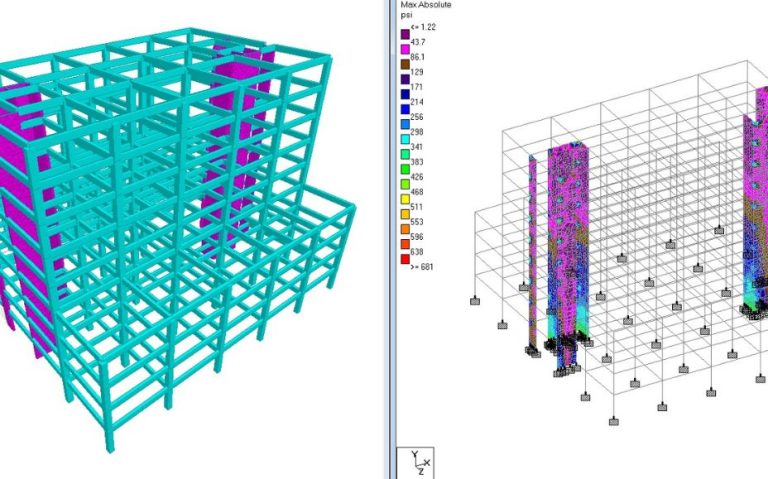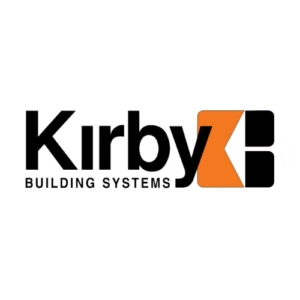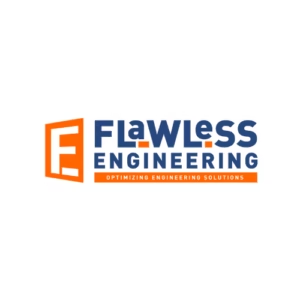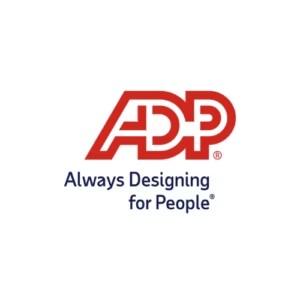New Batches
Up Coming New Batches Book Your Slot Today Edit Course Name Start Date Mode Timing Enroll Autocad 30/06/2025 Online/Offline 04:00 PM

Up Coming New Batches Book Your Slot Today Edit Course Name Start Date Mode Timing Enroll Autocad 30/06/2025 Online/Offline 04:00 PM
Terms and Conditions Home About Us Terms and Conditions Effective Date: 01-June-2025 Welcome to Caddesk Hyderabad. By enrolling in our courses or using our website,
Privacy Policy Home About Us Privacy Policy Effective Date: 01-June-2025 Welcome to Caddesk Hyderabad. We value your trust and are committed to protecting your personal
Home All Courses AutoCAD Course Course Includes Time Duration : 40 Days Reference Guides Student Login ISO Certification Pre-Placement Training Best Infrastructure More Courses For

The STAAD Pro course is a comprehensive program that teaches students how to model, analyze, and design structures using the STAAD Pro software. This course covers the basics of structural engineering concepts, including loads, member selection, and modeling techniques. Participants will learn how to model and analyze structures of various types, including steel, concrete, and timber. Students will understand the behavior of structures under different loads and how to optimize designs for maximum stability and safety. Upon graduating, students can use the skills acquired to pursue a career in structural engineering, architecture, or construction. Furthermore, the STAAD Pro course is useful in enhancing the skills of practicing professionals, enabling them to improve their performance and productivity. Who are willing to learn staadpro course to upgrade career Caddesk Hyderabad training institute is the best choice for your staadpro course training.
Caddesk Hyderabad is the best Staadpro course training institute for several reasons. We have experienced and highly qualified faculties who have practical knowledge of working with the software in the industry. Caddesk Hyderabad institute has a staadpro course quality curriculum that covers all the aspects of Staad Pro training, including modeling, analysis, and design. Our staadpro training institute provides real-time project training to the students, which helps them to get a practical understanding of the staadpro software. We have fully updated lab and infrastructurre that provide an excellent learning environment. Caddesk Hyderabad offers flexible timings and affordable fees, making it accessible for students from all backgrounds. All these factors make Caddesk Hyderabad the best institute for Staad Pro course training. Along with staadpro course training our institute provide 100% placement assistance to our students.
1. Advanced Structural Analysis: STAAD Pro course is a powerful structural analysis and design software that helps analyze complex analytical structures and meet design challenges.
2. User-Friendly Interface: The Staadpro software has a user-friendly interface that helps create models with ease and conveniently view structural behaviors in 3D visualizations.
3. Comprehensive design codes: The staadpro software comes with comprehensive design codes from around the world, making it convenient to use in any country based on its design codes.
4. Cost-effective: As a cost-effective software, STAAD Pro helps reduce project costs by quickly and accurately analyzing complex structures and designs.
5. Time-saving: Its advanced capabilities in structural analysis and design save considerable time for engineers and designers.
6. Flexibility: The software comes with multiple add-ins that offer more functionality for design, visualization, and analysis.
7. Collaborative: Multiple engineers can work on the same project simultaneously, ensuring effective collaboration and communication.
8. Accurate Results: STAAD Pro course helps analyze structural behavior, handle various loading conditions, and provide accurate results.
Caddesk Hyderabad offers an online STAADPro course training that provides comprehensive staadpro skills. Staadpro software commonly used for the analysis and design of civil engineering structures such as buildings, bridges, and towers. The Staadpro course covers all aspects of structural design, including the creation of 2D and 3D models, material properties, loads and load combinations, and support conditions. It includes hands-on practice exercises and real-world case studies to provide learners with practical skills that can be applied in their careers. The staadpro course is suitable for students, engineers, and professionals who want in-depth knowledge of structural design and upgrade their skills in this area. With flexible online schedules and experienced faculities, Caddesk Hyderabad ensures that students receive quality staadpro course training with latest structural design techniques and 100% placement assistance. If you want to know more details regarding staadpro course training feel free to call us 9985023023 and ask for a free demo session.
Staad Pro is a popular structural engineering software used for designing and analyzing structures like buildings, bridges, and towers. It is widely used in many industries, including construction, architecture, and civil engineering. Here are some career opportunities in Staad Pro:
1. Structural Engineer: A structural engineer designs and analyzes structures using tools like Staad Pro. They work in construction and engineering firms, architectural firms, and government agencies.
2. Draftsman: A draftsman is responsible for creating detailed technical drawings of structures and buildings. They use software like Staad Pro to create these drawings.
3. Project Manager: A project manager oversees the entire construction process. They use Staad Pro to plan and coordinate the design and construction of structures.
4. Architect: Architects use Staad Pro to design and plan buildings, ensuring that they are structurally sound and meet local building codes.
5. Civil Engineer: Civil engineers use Staad Pro to design and analyze public works projects like bridges, highways, and tunnels.
Enroll with our staadpro course training institute, we will provide quality skills in Staad Pro course, you can choose various career opportunities depending on your interest according to staadpro software skills.
Visualising results through diagrams and animations








